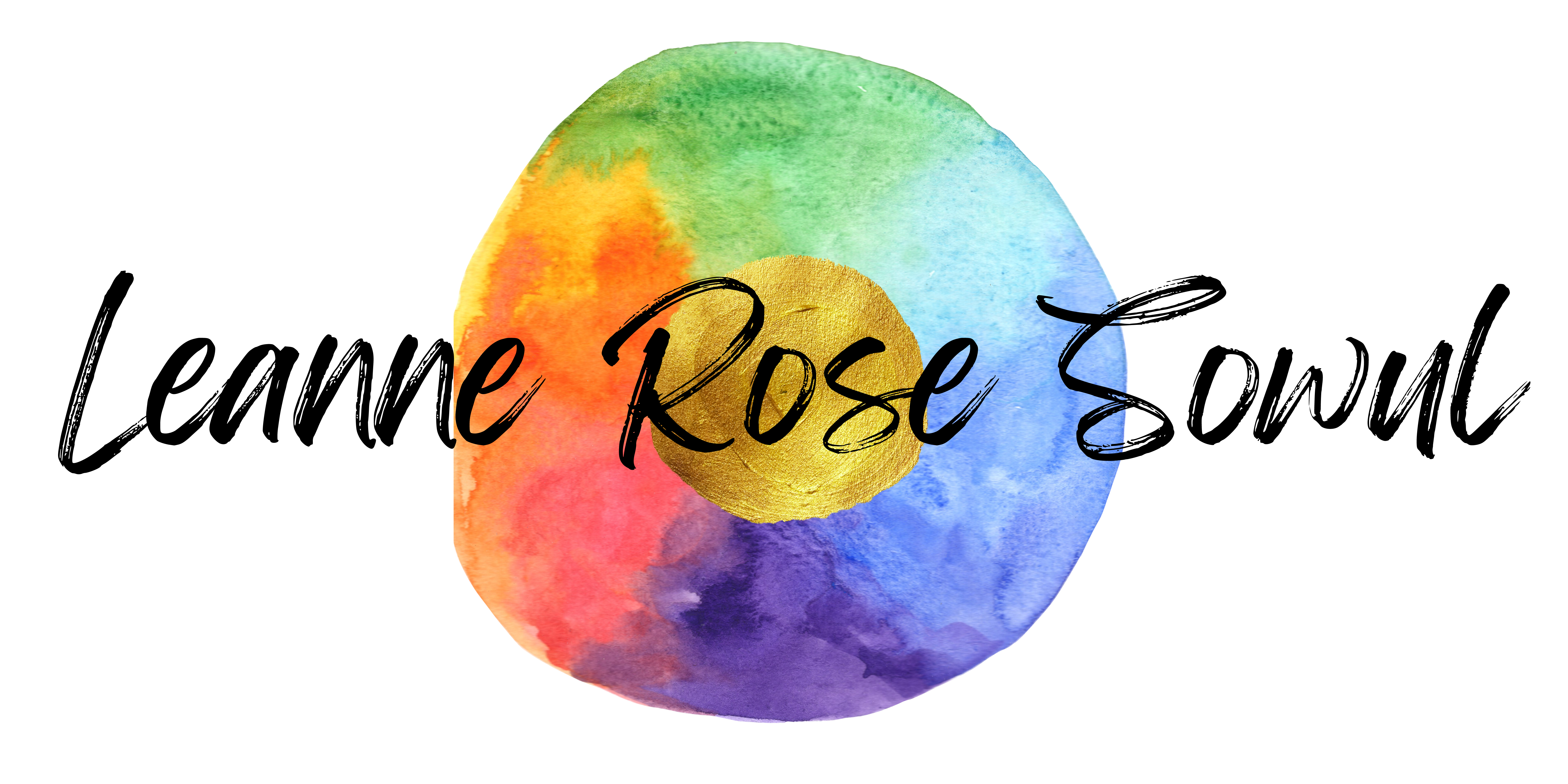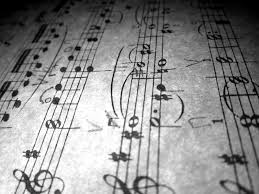Today I have a guest post on bestselling author Laura Vanderkam’s blog about how to practice smarter. The material is gleaned from my experience as a musician and music teacher, and the lessons I’ve learned about productivity that can be applied to writing as well as other hobbies. The post below is a companion of sorts.
If you’re clicking over from Laura’s blog, I offer you a warm welcome, and I hope you stay awhile!
So you’ve written a first draft: congratulations! Now it’s time to start editing. But how do you approach it? Should you make a plan of attack, or just dive right in? Every expert has her own method of editing; one that really got me thinking about the process was this post from DIYMFA referencing Maslow’s Hierarchy of Needs. There are an infinite number of approaches to editing, but the “right” one is going to depend on the individual writer’s frame of reference. For me, with my background in music and music teaching, it’s easiest to make sense of editing by structuring it the same way I’d approach learning a piece of music. Here are five things that writers can learn from musicians about taking a piece or manuscript to the next level:
When you’re learning a new piece of music, you can’t focus on things like dynamics and articulations until the notes and rhythms are learned. In the same vein, it doesn’t make sense to look for repeating words, grammatical errors or unnecessary adverbs until the basics of plot and character are in place; it’s a waste of time to fix the details when major parts of the draft still need to be re-written. I admit, I often slide into this trap by telling myself I’m just doing a “read-through,” but end up fixing tiny errors instead of figuring out what to do about gaping holes in the story. Believe me, it’s not productive in the end.
2. Turn Weaknesses Into Strengths.
Remember to think of the big picture: it’s not just about the quality of this individual manuscript, it’s about making yourself a better writer overall. Musicians often create exercises for themselves based on tricky parts of the piece- for example, isolating a particular rhythm or interval and turning it into a study to improve their listening or playing ability. Writers can do the same by noting a weakness in the manuscript (say, lack of setting description) and creating a separate document to practice that element (describe the setting in intense detail, then distill it down to fit back into the story).
3. Vary Your Tempo.
Musicians often slow down a difficult passage to correct mistakes, then gradually increase the speed until they’re back at performance tempo. Readers don’t always read at the same tempo; sometimes we skim, sometimes we take in every word. This means that writers need to edit with the lens both zoomed in and zoomed out. Although it doesn’t have to be within the same draft, it’s important to look at each chapter or section of your manuscript at both speeds.
4. Play With Others.
I don’t know many musicians who prefer solo playing to playing with a group. Writers need to connect with other writers while editing to share their work and get suggestions for improvements. Writers also need readers, and to be part of a reading community. It’s important to see what’s out there in your genre, and what readers are looking for. You may prefer to sit in your office, alone but for your characters and words (I usually feel this way) but those words can’t be shared with the world unless you go out and seek the world!
5. Take a break!
Editing can be a huge, overwhelming process. Occasionally, walk away from your manuscript and try something new: a short story, a blog post, even a letter to the editor. You’ll come back feeling refreshed, restored to creativity, and reminded why you’re doing this work in the first place. Musicians do this all the time (it’s called a jam session).
Did you find this post useful? Subscribe to the blog (use the box on the sidebar) to make sure you don’t miss any more helpful tips!


Thanks for doing the guest post, Leanne! One thing I always do while editing is listen to how the words sound out loud. I try to really read it out loud, or at least read slowly enough that I am actually saying the words in my head. This is how readers experience words (saying them in their heads) and plus the whole audiobook thing is becoming bigger too. I find it helps me keep sentences short and tight! Also, if I find myself reading very slowly and getting distracted, there’s a good chance readers will too — so something needs to get cut, or made more interesting.